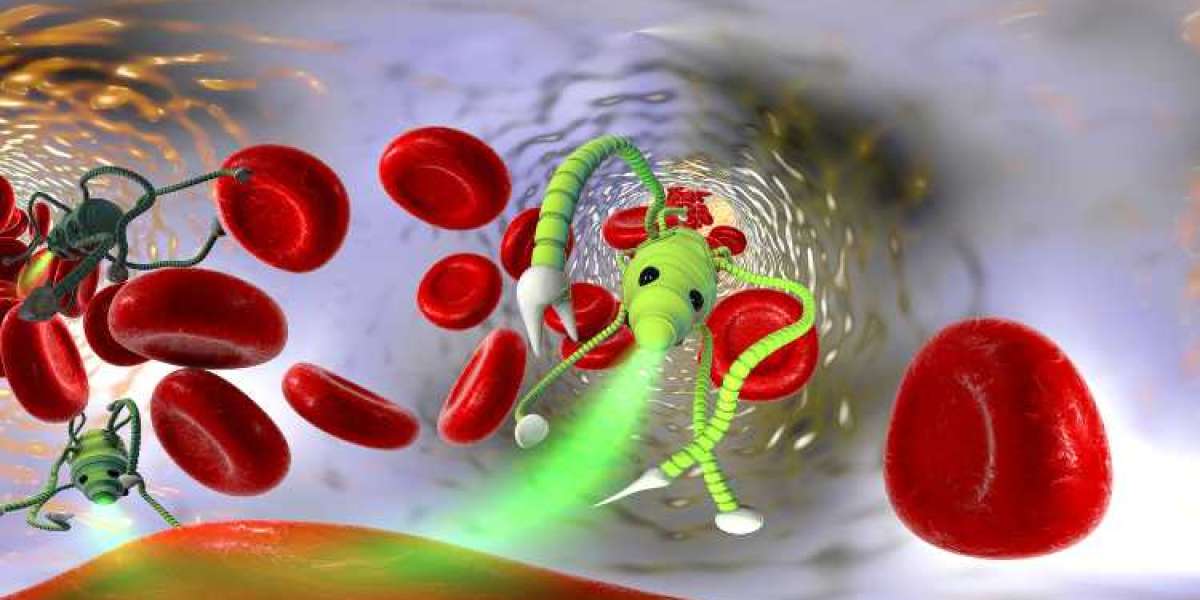What is Machine Learning?
At its core, machine learning is a subset of artificial intelligence (AI) that gives computers the ability to learn from data and make decisions without being explicitly programmed for every specific task. In other words, ML algorithms identify patterns within data and use these patterns to make predictions or decisions.
Imagine teaching a child to recognize a cat. You might show them a few pictures of cats, and over time, they learn to identify other cats on their own. Machine learning works similarly but with data and algorithms instead of pictures and intuition.
A Brief History of Machine Learning
Though ML feels like a modern marvel, its roots go back to the 1950s. In 1959, Arthur Samuel, a pioneer in the field, defined machine learning as the "field of study that gives computers the ability to learn without being explicitly programmed." Since then, ML has evolved significantly, powered by massive data availability and advancements in computing power.
Types of Machine Learning
Machine learning comes in several flavors, each suitable for different kinds of problems:
- Supervised Learning: The algorithm is trained on labeled data. For example, an email spam filter is trained on emails labeled as "spam" or "not spam."
- Unsupervised Learning: Here, the algorithm works with unlabeled data and tries to find hidden patterns. Market segmentation is a common use case.
- Reinforcement Learning: The algorithm learns by interacting with its environment, receiving rewards or penalties. It's widely used in robotics and gaming.
- Semi-supervised Learning: Combines both labeled and unlabeled data, offering a middle ground that's often used in medical image analysis and similar applications.
How Does Machine Learning Work?
Machine learning follows a typical process:
- Data Collection: Gather data relevant to the task.
- Data Cleaning: Remove noise, fill in missing values, and standardize formats.
- Feature Selection: Choose the most relevant data points.
- Model Training: Feed the cleaned data into an ML algorithm.
- Model Testing: Validate the model with new data.
- Prediction: Use the model to make predictions or decisions.
Popular algorithms include linear regression, decision trees, support vector machines (SVMs), and neural networks, each with unique strengths.
Real-World Applications of Machine Learning
ML isn’t just a buzzword; it’s transforming industries:
- Healthcare: Diagnosing diseases, personalizing treatments, predicting outbreaks.
- Finance: Fraud detection, algorithmic trading, credit scoring.
- E-commerce: Product recommendations, customer segmentation.
- Transportation: Self-driving cars, route optimization.
- Entertainment: Content recommendations on platforms like Netflix and Spotify.
Challenges in Machine Learning
Despite its promise, ML has challenges:
- Data Quality: Poor data leads to poor models.
- Bias: Algorithms can inherit human biases present in the data.
- Overfitting: When a model performs well on training data but poorly on new data.
- Interpretability: Understanding how complex models make decisions is difficult.
The Future of Machine Learning
Machine learning is not just a trend; it’s the backbone of emerging technologies like autonomous vehicles, smart assistants, and even climate prediction models. As quantum computing, edge AI, and federated learning evolve, ML will become even more powerful and accessible.
Education and ethical considerations are crucial as we move forward. Responsible ML involves building fair, accountable, and transparent systems.
Conclusion
Machine learning is revolutionizing how we interact with technology and make decisions. From personalized shopping experiences to early cancer detection, its impact is both broad and deep. As we stand on the brink of even more intelligent systems, understanding the basics of ML is not just useful—it's essential.
Whether you're a student, a professional, or just a curious mind, grasping the fundamentals of machine learning opens up a world of opportunities in the data-driven age. So next time your phone auto-corrects a word or recommends a song you love, remember—machine learning is quietly working behind the scenes, making life a little smarter every day.
Website: https://www.icertglobal.com
For more details: https://www.icertglobal.com/course/machine-learning-certification-training/Classroom/89/3395








